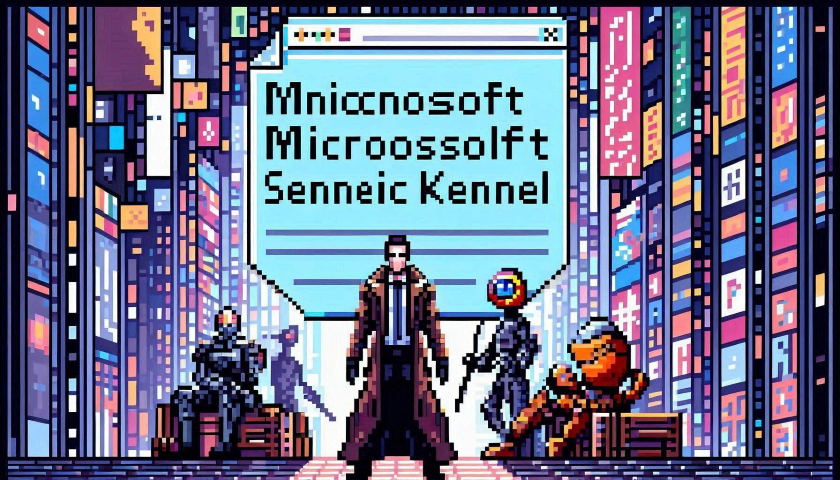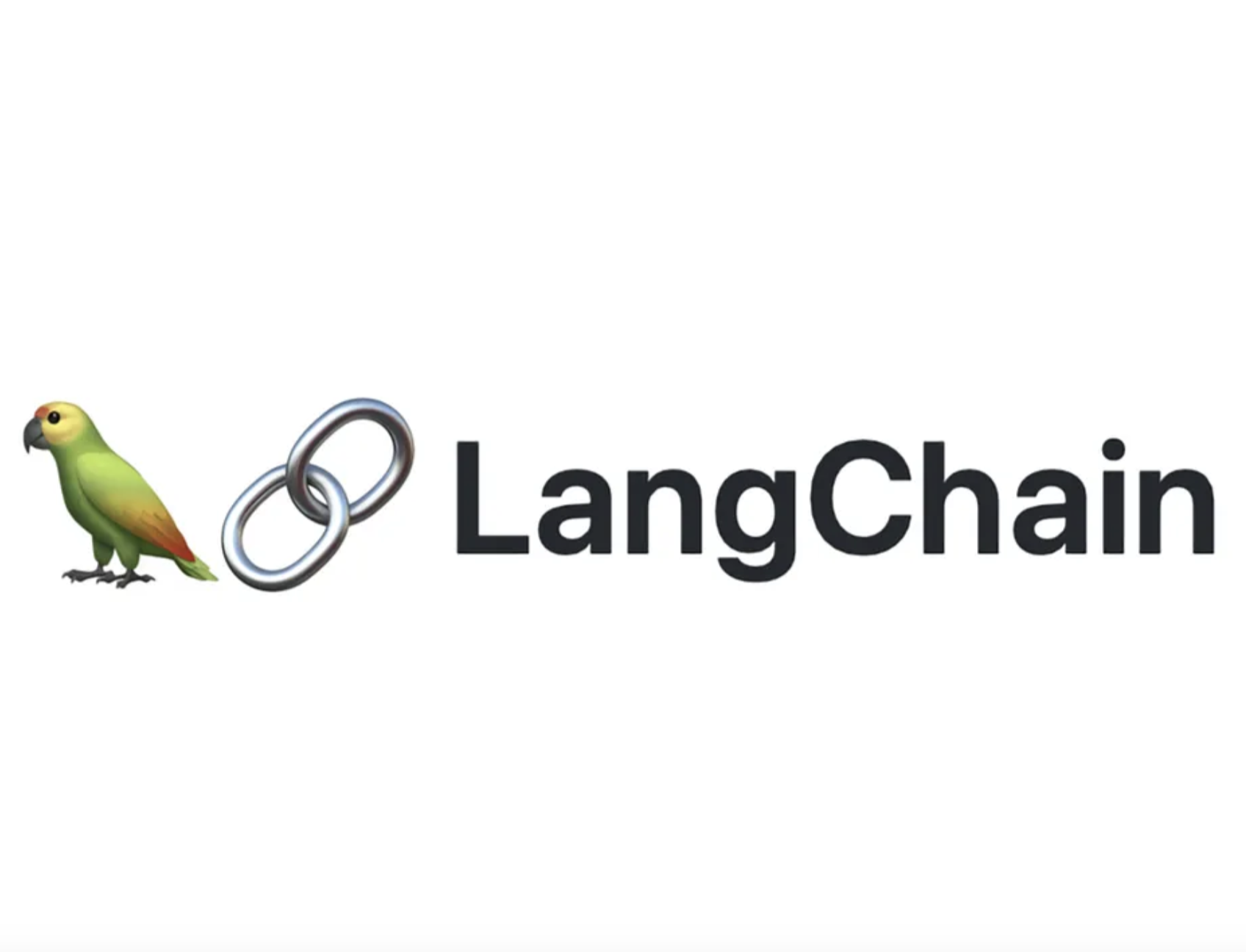
Semantic Kernel: Your Friendly AI Sidekick for Unleashing Creativity
Introduction to Semantic Kernel
Hey there, fellow curious minds! Let’s talk about something exciting today—Semantic Kernel. But don’t worry, we’ll keep it as approachable as your favorite coffee shop chat.
What Exactly Is Semantic Kernel?
Imagine you’re in a magical workshop, surrounded by tools. Well, Semantic Kernel is like that workshop, but for developers. It’s an open-source Software Development Kit (SDK) that lets you create AI agents. These agents aren’t secret spies; they’re little programs that can answer questions, perform tasks, and generally make your digital life easier.
Here’s the lowdown:
- Open-Source: Think of it as a community project. People from all walks of tech life contribute to it, making it better and more powerful.
- Software Development Kit (SDK): Fancy term, right? But all it means is that it’s a set of tools for building software. Imagine it as your AI Lego set.
- Agents: Nope, not James Bond. These are like your personal AI sidekicks. They’re here to assist you, not save the world (although that would be cool).
A Quick History Lesson
About a year ago, Semantic Kernel stepped onto the stage. Since then, it’s been striding confidently, like a seasoned performer. Here are some backstage highlights:
- GitHub Stardom: On March 17th, 2023, it made its grand entrance on GitHub. And guess what? It got more than 17,000 stars! (Around 18.2. right now) That’s like being the coolest kid in the coding playground.
- Downloads Galore: The C# kernel (don’t worry, we’ll explain what that is) had 1000000+ NuGet downloads. It’s like everyone wanted a piece of the action.
- VS Code Extension: Over 25,000 downloads! Imagine it as a magical wand for your code editor.
And hey, the .Net kernel even threw a party—it reached a 1.0 release! The Python and Java kernels are close behind with their 1.0 Release Candidates. It’s like they’re all graduating from AI university.
Why Should You Care?
Now, here’s the fun part. Why should you, someone with a lifetime of wisdom and curiosity, care about this?
- Microsoft Magic: Semantic Kernel loves hanging out with Microsoft products. It’s like they’re best buddies. So, when you use it, you get to tap into the power of Microsoft’s tech universe. Fancy, right? Learn more
- No Code Rewrite Drama: Imagine you have a favorite recipe (let’s say it’s your grandma’s chocolate chip cookies). Now, imagine you want to share it with everyone. Semantic Kernel lets you do that without rewriting the whole recipe. You just add a sprinkle of AI magic! Check it out
- LangChain vs. Semantic Kernel: These two are like rival chefs. Both want to cook up AI goodness. But while LangChain (built around Python and JavaScript) comes with a full spice rack of tools, Semantic Kernel is more like a secret ingredient. It’s lightweight and includes not just Python but also C#. Plus, it’s like the Assistant API—no need to fuss over memory and context windows. Just cook and serve!
So, my fabulous friend, whether you’re a seasoned developer or just dipping your toes into the AI pool, Semantic Kernel has your back. It’s like having a friendly AI mentor who whispers, “You got this!” And with its growing community and constant updates, Semantic Kernel is leading the way in AI development.
Remember, you don’t need a PhD in computer science to explore this—it’s all about curiosity, creativity, and a dash of Semantic Kernel magic. ?✨
Ready to dive in? Check out the Semantic Kernel GitHub repository for the latest updates
